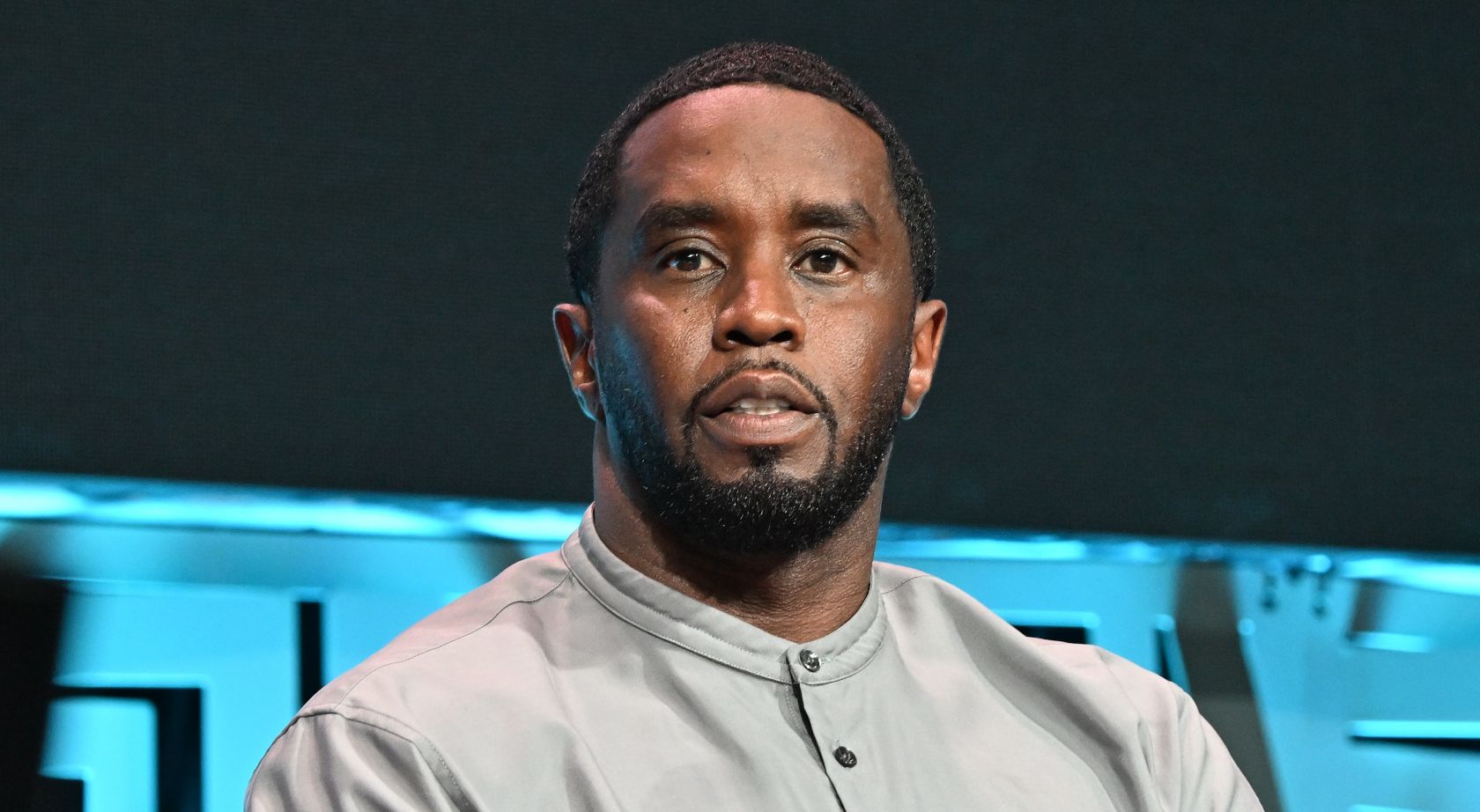Hollywood is at risk of entering a “negative feedback loop” with fewer wide movie releases and a shrinking theater footprint combining to squeeze box office revenue, a veteran media analyst says.
In his annual assessment of the theatrical sector, billed as a “memo to Hollywood,” TD Cowen analyst Doug Creutz notes that he has taken a “bearish stance” on the theatrical window for some time. Results from 2024, with total grosses slipping 4% from 2023 to $8.57 billion, the number of wide releases down 6% from pre-Covid levels, and other factors have only reinforced his view.
“We have said for several years now that the outlook for a sustained recovery looks questionable, and that we don’t think the existing global theatrical footprint can be supported solely by a handful of blockbusters,” Creutz wrote in the 20-page report.
The number of screens in the U.S. has declined to about 35,000 from 41,000 before Covid struck in 2020, with exhibition also facing big challenges in 2023 and 2024 due to the strikes. That smaller footprint might help theater owners in the near term, but it could end up hastening the decline of the overall business, Creutz believes. Downsizing “risks having more films skipping theatrical and going direct to streaming services…and now you have all the ingredients for a negative feedback loop.”
Creutz emphasizes that he is “not calling for a complete collapse of the theatrical window, but we think box office is more likely to decline than rise over the next few years, particularly as major studios continue to cut back on the number of films they make in favor of concentrating their box office efforts in fewer, bigger, established IP films.”
Movie theater boosters, who are slated to gather next week in Las Vegas for CinemaCon, have characterized the pandemic as a major setback but insist they are on a path to a full rebound. Creutz disagrees.
“We believe that theatrical demand likely permanently declined 20% as a result of changed consumer behavior during the pandemic, in addition to what had already been a secular decline in attendance,” he wrote. One worrying sign coming out of 2024, he notes, is that “attendance remains concentrated in relatively fewer films than market norms pre-2015.”
The top 20 films at the domestic box office accounted for 64% of total domestic box office, compared to an average of 52% from 2015 to 2019. “Audiences also continued to stick to known quantities, as eight of the top ten films last year were sequels, spinoffs, live-action reboots, or ‘universe’ extensions,” Creutz added.
With major studio parent companies able to seek profits on movies from a range of non-theatrical sources, there has been a “mix shift” at the domestic box office, as Creutz sees it. The number of wide releases (which he defines as those opening on at least 1,000 screens) came in at 132 last year. While that was up 5% from 2923, it was 6% below the 2017 to 2019 average of 141. “Major studio output in 2024 was down 25% vs. pre-pandemic levels, while smaller studios partially filled in the gap with 50% growth in wide releases,” the analyst wrote.
A glass-half-full perspective on 2024 would highlight the fact that animated and children’s live-action films accounted for a record 38% of domestic ticket sales, far above the previous high of 26% in 2019. But Creutz takes little comfort in the sub-par performance of even critically acclaimed original titles like The Wild Robot. Instead, sequels to Sonic, Moana and Inside Out carried the day.
International box office, which long was a comfort to studio bean-counters, has also been cratering for wide domestic titles, Creutz points out. The top 100 domestic grossers in 2024 earned just 19% in additional box office beyond the U.S., the lowest ratio since 2007 and well shy of the pre-pandemic norm of a 50% international bump. While the stark decline in China is partly to blame, Creutz noted that even when China is excluded from the equation, international box office for domestic wide releases is still at its lowest level since 2006.







